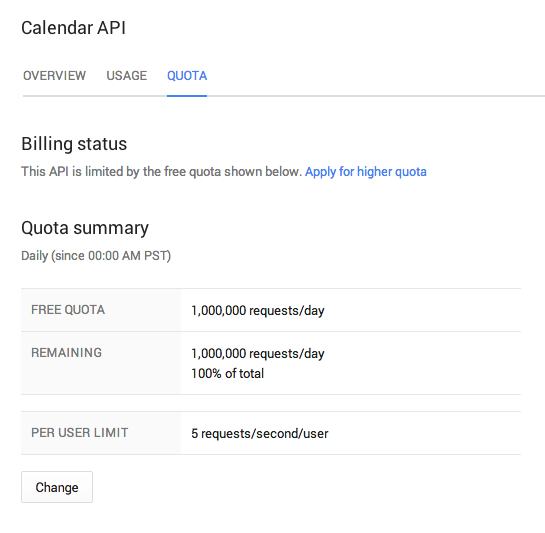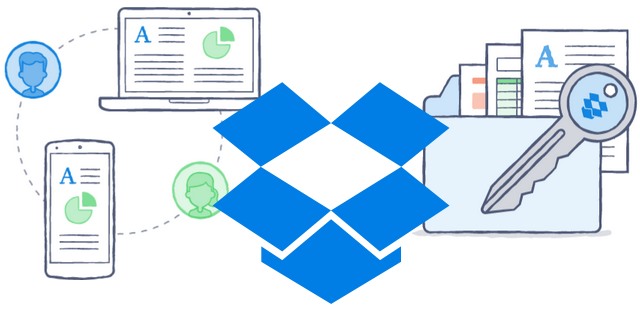
When you are a developer, the world is not all roses. Sure, it is very rewarding to bring your ideas to life, but sometimes your imagination is limited by the software with which you are forced to use. You see, many services offer an API, which enables your software to connect with it. Ultimately, if it is user-based data, you can push and pull information to and from a users account.
Google's calendar is such a service that offers an API, but sadly, applications were limited to 100,000 requests per day. While this might be sufficient for some developers, it apparently was not good enough for all -- the search giant is increasing this to 1 million daily requests.
"At Google, we like to make 10x rather than 10 percent improvements. In this spirit, we are increasing the default quota for the Calendar API v3 by a factor of ten, to 1 million requests per day. That means your application can support ten times as many users without any need to apply for more quota", says Lucia Fedorova, Tech Lead, Google Calendar API.
Of course, if 1 million is still too low, developers can apply for a greater daily quota. However, the application would have to be quite popular for that to be necessary. With that said, Fedorova shares the following tips to best manage working within the quota:
- Use push notifications instead of polling.
- If you cannot avoid polling, make sure you only poll when necessary (for example poll very seldomly at night).
- Use incremental synchronization with sync tokens for all collections instead of repeatedly retrieving all the entries.
- Increase page size to retrieve more data at once by using the maxResults parameter.
- Update events when they change, avoid re-creating all the events on every sync.
- Use exponential backoff for error retries.

Are you a developer that uses the Calendar API? Tell me in the comments.
Photo Credit: AcaG / Shutterstock



